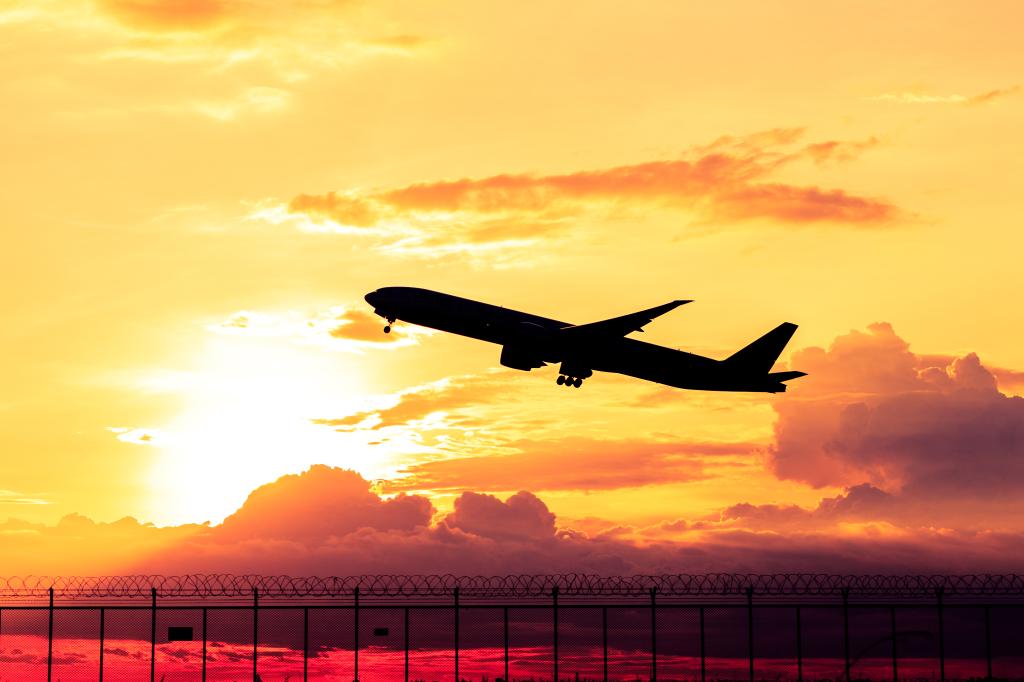This story was originally published by Newsweek and is reproduced here as part of the Climate Desk collaboration.
Charles Darwin made the Galápagos Islands synonymous with the idea of change as a means of survival. In the 19th century, the scientist marveled at how similar endemic finches, mockingbirds, and giant tortoises across the 19-island archipelago were uniquely adapted to individual islands and later theorized that this ability to adapt determines whether a species will survive long term. Today, one of the world’s largest wind-diesel hybrid systems, built on San Cristóbal Island, suggests the human population in the region is capable of the bold adaptive strategies it will need to survive in a post-climate-change world.
Electricity demand on San Cristóbal and the three other inhabited Galápagos islands is on the rise, driven by the growth of population (currently at 30,000 residents) and supported by thriving tourism. A plan to replace diesel electricity generation with renewable energy was already set in motion when, in January 2001, an oil tanker struck a reef and spilled more than 150,000 gallons of diesel near San Cristóbal, threatening the irreplaceabl... Read more

